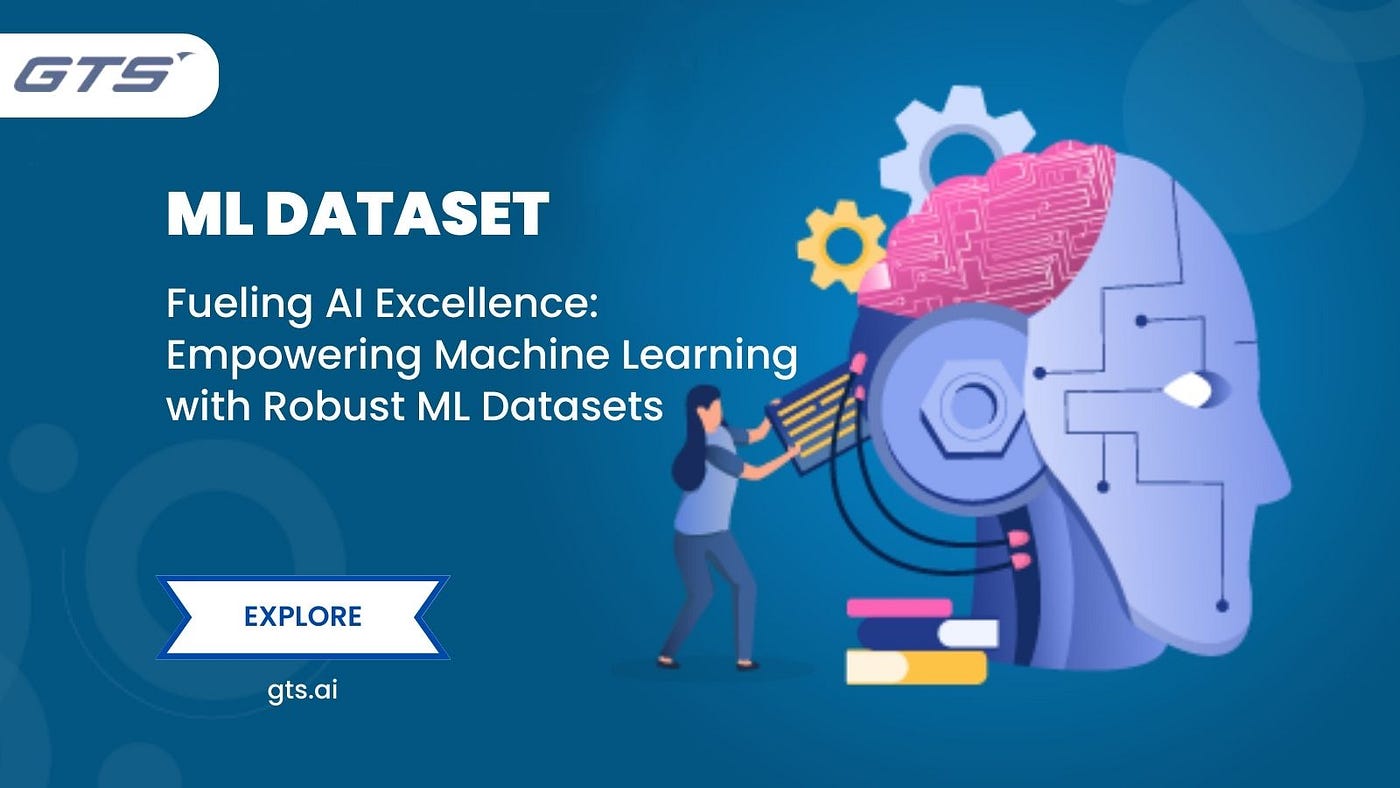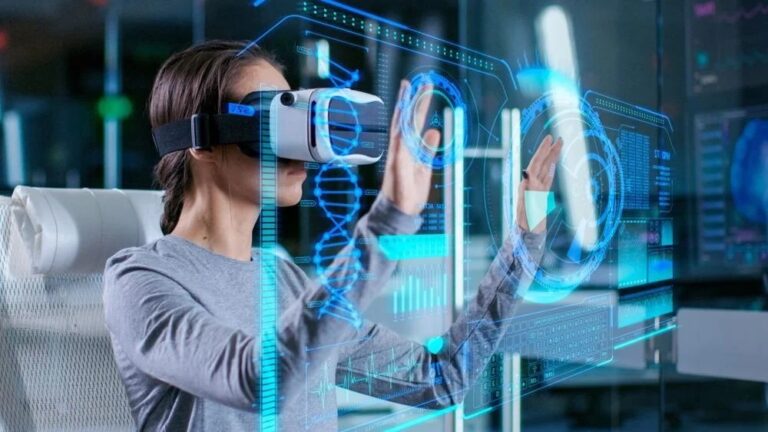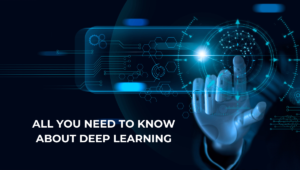As deep learning technology advances, its applications expand into new and diverse domains, revealing its transformative potential. Here, we delve into additional areas where deep learning is making significant strides and reshaping various industries.
Deep Learning in Smart Cities
- Traffic Management:
- Adaptive Traffic Signals: Deep learning models analyze real-time traffic data to adjust traffic signals dynamically, reducing congestion and improving traffic flow. This technology helps in minimizing delays and enhancing urban mobility.
- Incident Detection: AI-powered systems detect and respond to traffic incidents, such as accidents or road blockages, by analyzing camera feeds and sensor data, enabling quicker responses and minimizing disruptions.
- Energy Management:
- Smart Grids: Deep learning models optimize energy distribution in smart grids by predicting energy demand, identifying inefficiencies, and managing supply and demand balance, leading to more efficient energy use and reduced costs.
- Building Automation: AI enhances building management systems by analyzing data from sensors and controlling heating, ventilation, air conditioning (HVAC), and lighting systems, improving energy efficiency and occupant comfort.
Deep Learning in Sports Analytics
- Performance Analysis:
- Player Tracking: Deep learning models analyze video footage to track player movements, assess performance metrics, and provide insights into player behavior and strategies, helping coaches and teams make data-driven decisions.
- Injury Prevention: AI analyzes biomechanical data and movement patterns to identify risk factors for injuries, enabling preventive measures and improving player health and safety.
- Game Strategy:
- Tactical Analysis: AI analyzes game footage and player statistics to develop and refine strategies, predict opponent tactics, and enhance game planning, contributing to improved team performance and competitive advantage.
- Fan Engagement: Deep learning models analyze fan interactions and preferences to deliver personalized content, enhance game experiences, and drive engagement through targeted marketing and promotions.
Deep Learning in Agriculture and Food Security
- Precision Farming:
- Soil Quality Analysis: Deep learning models analyze soil data to assess soil health, nutrient levels, and moisture content, guiding fertilizer application and irrigation practices to optimize crop growth and yields.
- Pest and Disease Management: AI-powered systems detect and identify pests and diseases through image analysis and sensor data, allowing for targeted interventions and reducing the need for broad-spectrum pesticide use.
- Supply Chain Optimization:
- Food Traceability: Deep learning models track and trace food products throughout the supply chain, ensuring food safety and quality by identifying sources of contamination and verifying product authenticity.
- Demand Forecasting: AI predicts food demand by analyzing historical sales data, market trends, and consumer behavior, helping producers and retailers manage inventory and reduce food waste.
Deep Learning in Healthcare Diagnostics
- Genomics and Personalized Medicine:
- Genetic Data Analysis: Deep learning models analyze genomic data to identify genetic variations and mutations associated with diseases, enabling personalized treatment plans and precision medicine approaches.
- Drug Discovery: AI accelerates drug discovery by analyzing molecular data, predicting drug interactions, and identifying potential candidates for development, streamlining the drug development process.
- Virtual Health Assistants:
- Health Monitoring: Deep learning models power virtual health assistants that monitor patient health through wearable devices, analyze health data, and provide personalized health advice and alerts.
- Telemedicine: AI enhances telemedicine platforms by analyzing patient symptoms, medical history, and diagnostic data to support remote consultations and improve access to healthcare services.
Deep Learning in Retail
- Customer Experience:
- Visual Search: Deep learning models enable visual search capabilities in retail apps, allowing customers to search for products using images rather than text, enhancing the shopping experience and increasing conversion rates.
- Chatbots and Virtual Assistants: AI-powered chatbots and virtual assistants provide personalized shopping assistance, answer customer inquiries, and offer recommendations based on browsing history and preferences.
- Inventory Management:
- Demand Forecasting: Deep learning models predict product demand by analyzing historical sales data, market trends, and external factors, optimizing inventory levels and reducing stockouts and overstock situations.
- Automated Replenishment: AI systems automate inventory replenishment by analyzing sales patterns and stock levels, ensuring timely restocking of products and minimizing disruptions in the supply chain.
Deep Learning in Legal and Compliance
- Document Analysis:
- Contract Review: Deep learning models analyze legal documents and contracts to identify key clauses, potential risks, and compliance issues, streamlining the contract review process and reducing manual effort.
- E-Discovery: AI enhances e-discovery by analyzing large volumes of legal documents and identifying relevant information for legal cases, improving efficiency and accuracy in the discovery process.
- Compliance Monitoring:
- Regulatory Compliance: Deep learning models analyze business operations and financial data to ensure compliance with regulatory requirements, detect potential violations, and mitigate compliance risks.
- Fraud Detection: AI-powered systems detect fraudulent activities by analyzing transaction data, identifying suspicious patterns, and flagging potential compliance issues, enhancing financial integrity and security.
Deep Learning in Art and Creativity
- Generative Art:
- AI Art Creation: Deep learning models generate original artworks by learning from existing art styles and techniques, creating unique pieces of art and expanding the boundaries of artistic expression.
- Style Transfer: AI enables style transfer by applying the artistic style of one image to another, allowing artists and designers to create visually compelling works with a blend of different styles.
- Music Composition:
- Algorithmic Music Generation: Deep learning models compose original music by analyzing patterns in existing compositions, generating new melodies, harmonies, and rhythms, and assisting composers in exploring new creative directions.
- Music Recommendation: AI enhances music recommendation systems by analyzing listening habits, preferences, and contextual factors, providing personalized music suggestions and enhancing the listening experience.
Conclusion
Deep learning continues to redefine the possibilities across a multitude of industries, from smart cities and sports analytics to agriculture, healthcare, retail, and beyond. Its ability to analyze complex data, uncover patterns, and make predictions is driving innovation and creating new opportunities for efficiency and improvement. As deep learning technologies evolve, addressing ethical considerations, ensuring transparency, and promoting equitable access will be crucial to harnessing their full potential and achieving positive societal impact. The future of deep learning holds immense promise, offering transformative solutions to some of the most pressing challenges and paving the way for a more advanced and connected world.
4o mini





+ There are no comments
Add yours